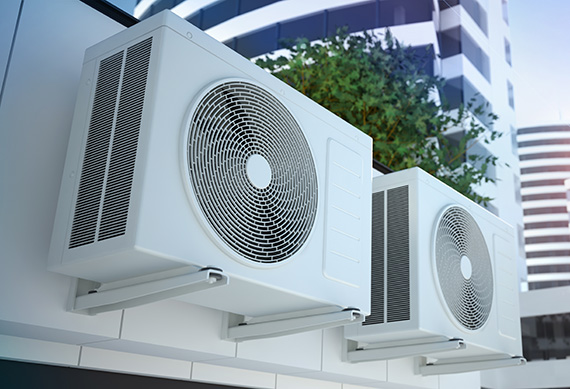
The process of air conditioning installation begins with a comprehensive assessment of the space's requirements. Factors such as the size of the area, insulation, the number of occupants, and the intended use of the space are all considered. This evaluation informs the selection of an appropriate air conditioning system that will efficiently meet the cooling needs of the area.
Choosing the right type of air conditioning system is pivotal. There are various options available, including central air conditioning systems, split systems, ductless mini-split systems, and packaged units. Each has its advantages and disadvantages, and the decision depends on factors such as energy efficiency, budget constraints, and space layout.
Placement of the air conditioning unit is another critical aspect. Proper placement ensures even distribution of cool air throughout the space, minimizes energy wastage, and ensures optimal performance. Ductwork, if necessary, must also be strategically positioned to facilitate airflow and maintain indoor air quality.
Installation involves a range of technical tasks, from mounting indoor and outdoor units to connecting refrigerant lines, electrical wiring, and controls. It requires the expertise of trained technicians who understand the intricacies of air conditioning systems. Professional installation not only ensures the system's efficient operation but also enhances its longevity and minimizes the risk of breakdowns.
